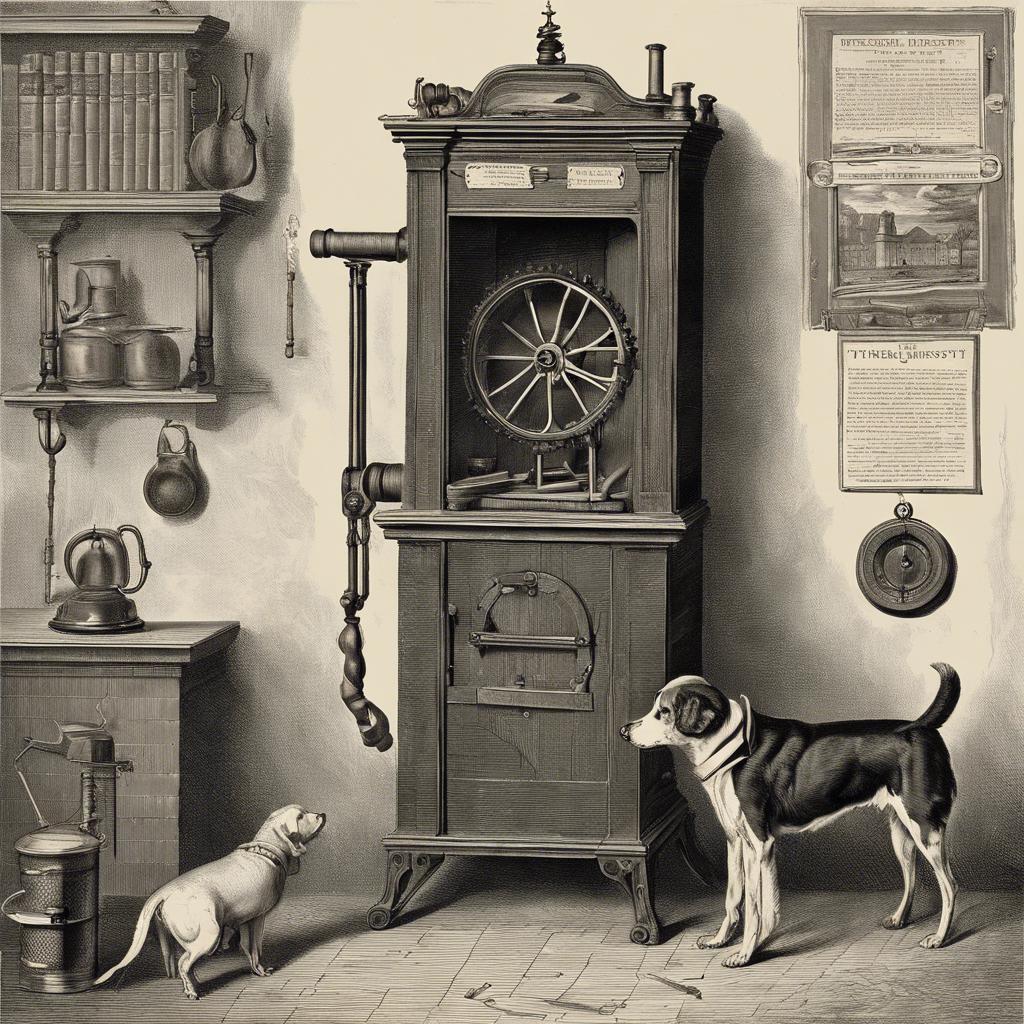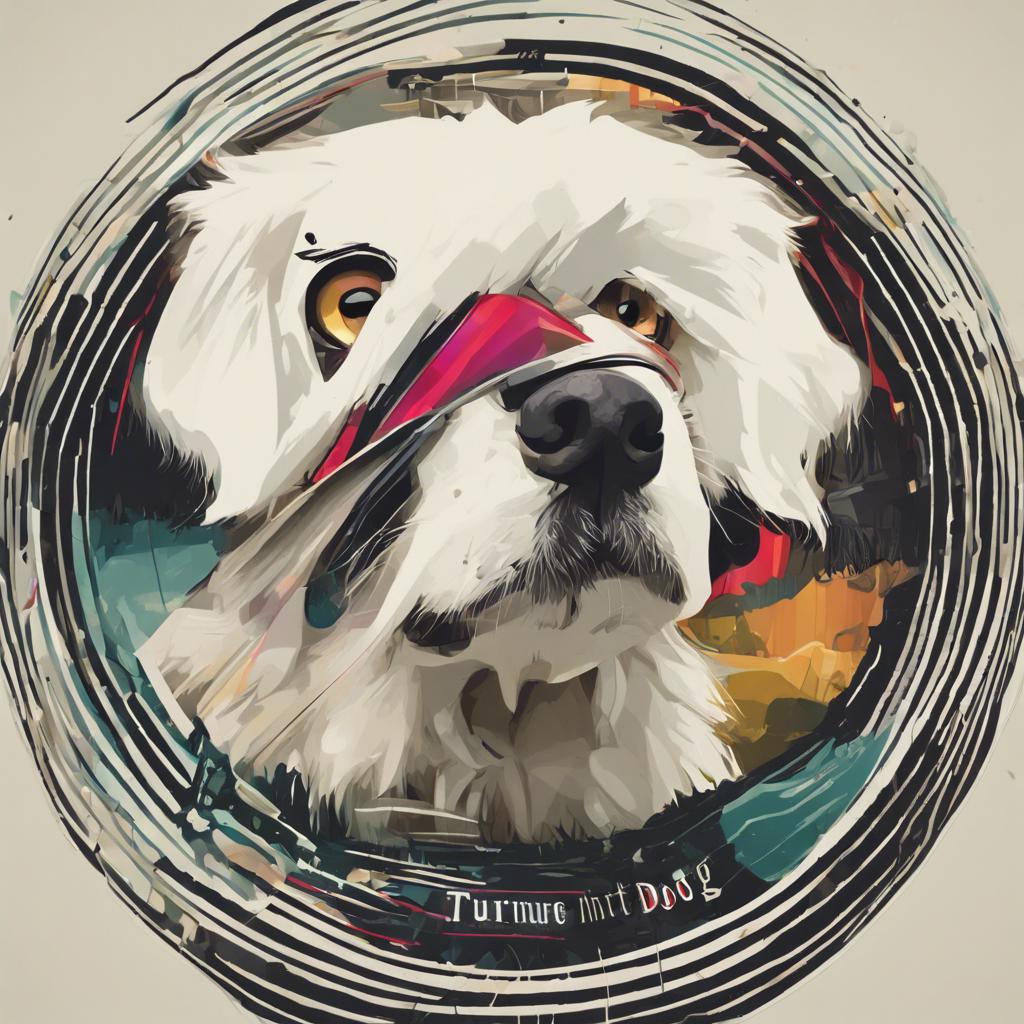In the annals of canine history, there exists a breed that once played an essential role in the kitchens of centuries past – the now-extinct turnspit dog. Known for their unique skill set and unwavering dedication to the culinary arts, these diligent canines left an indelible mark on the culinary landscape of their time. Join us as we delve into the history and legacy of the turnspit dog, shedding light on their forgotten contributions to gastronomy.
Step Into the World of Cheryl Bolen
Dive into the enchanting stories of love, intrigue, and elegance set in the Regency Era. Cheryl Bolen's novels offer timeless romance and captivating tales that will leave you wanting more.
Explore Cheryl Bolen's Books Now
Origin and History of the Turnspit Dog
The Turnspit Dog, also known as the Kitchen Dog or Cooking Dog, is a now-extinct breed that was once bred for the specific purpose of turning roasting meat in kitchens. These small, long-bodied dogs were a common sight in kitchens in Britain during the 16th century. Their unique physical characteristics made them well-suited for this task.
Origin
The exact origin of the Turnspit Dog is unclear, but it is believed to have originated in England during the Middle Ages. These dogs were considered a valuable asset in wealthy households as they were able to turn meat on a spit for hours at a time, ensuring that it cooked evenly. The Turnspit Dog was a vital part of the kitchen staff and played an important role in meal preparation.
History
During the 18th and 19th centuries, Turnspit Dogs were in high demand due to the popularity of roasted meat in British cuisine. They would work tirelessly in hot and cramped kitchens, running on a wheel that turned the spit over the fire. However, as technology advanced and mechanical spit-turning devices were invented, the need for Turnspit Dogs declined. By the mid-19th century, the breed had largely disappeared, no longer serving their unique culinary purpose.
Role and Responsibilities in the Kitchen
In the bustling kitchen of centuries past, the role of the turnspit dog was a crucial one. These small, long-bodied dogs were specially bred for the task of turning roasting meat on a spit. Their unique physique, with short legs and a strong back, allowed them to work tirelessly for hours on end.
Key Responsibilities of the Turnspit Dog:
- Turning the spit continuously to ensure even cooking of the meat
- Enduring the heat of the kitchen and the flames of the fire
- Remaining alert and focused on the task at hand
In addition to their duties in the kitchen, turnspit dogs were also beloved companions to the cooks and kitchen staff. Despite the demanding nature of their work, these dogs were often well cared for, with some even being treated as members of the family. Their loyalty and hard work made them indispensable members of the kitchen team in days gone by.
Physical Characteristics and Temperament
The turnspit dog is a unique breed known for its distinct . These dogs are medium-sized with a long body, short limbs, and a curly tail. They have a smooth coat that can come in a variety of colors, such as black, tan, or white. Turnspit dogs were specifically bred for their ability to work long hours in kitchens, running on a wheel-like mechanism to turn roasting meat over an open fire.
Despite their demanding work in the kitchen, turnspit dogs are known for their friendly and loyal temperament. They are intelligent and hardworking, making them ideal companions for chefs and kitchen staff. These dogs are also known for their high energy levels and enthusiasm for play, making them great pets for active families.
| Physical Characteristics | Temperament |
|---|---|
| Medium-sized | Friendly |
| Long body | Loyal |
| Short limbs | Intelligent |
| Curly tail | Hardworking |
Preservation of the Turnspit Dog Breed
The turnspit dog, also known as the Kitchen Dog or Vernepator Cur, is a now-extinct breed that was once used in kitchens to assist with turning meat on a spit. These small, long-bodied dogs were valued for their stamina and ability to work tirelessly in hot and cramped conditions.
Unfortunately, as the need for turnspit dogs diminished with the advancement of technology, the breed fell out of favor and eventually became extinct. However, there is a growing interest in preserving the memory of this unique breed and honoring the important role they played in culinary history.
Efforts are now being made to collect and preserve any historical records, images, and artifacts related to the turnspit dog breed. By documenting and sharing information about these remarkable dogs, we can ensure that their legacy lives on for future generations to appreciate and learn from.
Closing Remarks
the turnspit dog played a crucial role in kitchens across Europe for centuries, tirelessly running on the wheel to turn roasting meat over open fires. Despite their hard work and dedication, these once indispensable companions have now faded into obscurity, their historic significance often overlooked. By exploring the legacy of the turnspit dog, we gain a greater appreciation for the ingenuity and resourcefulness of our culinary ancestors. Let us remember and honor these loyal canine workers, whose efforts helped shape the gastronomic traditions we enjoy today.


